As we look forward to the arrival of Leica’s fifth generation of digital M bodies, it’s interesting to look back at the pattern of launches and discover any clues to future direction. After the initial three-year cycle, admittedly at a time of rapid technical change, we have now settled down to a four-to-five year cycle.
So let’s have a look over the past 16 years and see what lessons we can learn for the future.
I’ve included the 10MP M8 in the list. While it is often discounted because it had an APS-H cropped sensor, it is surely a fully paid-up member of the M digital club. Launched in September 2006, the M8 lasted for 36 months before its full-frame successor, the M9 arrived in September 2009.
That camera, the ever-popular M9 with the 18MP CCD sensor and no live-view, kept us happy for a further 36 months until the M (240) arrived in September 2012. There was a clear three-year cycle apparent at the time, but the pattern was broken with the new M240 — in more ways than one. Leica made the mistake of not calling it the M10, which offends my sense of propriety. It was a bad decision, fortunately, rectified with the arrival of the M10 in 2017. However, that camera should really have been the M11. Because of a silly marketing blunder, there’s a danger that without a clear model number the M (Typ 240) will be airbrushed out of Leica history. At the very least, it constantly needs explaining. As the decades pass, readers will wonder what on earth Leica was thinking of to break the mould with the Typ 240.
Misnamed or not, the M240 and its 24MP sensor soldiered on for 52 months, over a year longer than either the M8 or M9. It was replaced in January 2017 by the M10 and that camera is due to be superseded next week, in January 2022. So the M10, with its now rather dated 24MP sensor, has had the longest run of any Leica M digital, a full five years.
Despite the initially short three-year cycle, model life has been getting longer. What can we expect in the future? While I suspect the M11 launch has been delayed by up to a year because of the Covid catastrophe, in the future we are probably looking a minimum of four and possibly five years between series. That will place the M12’s arrival, at the earliest, in January 2026.
Derivatives
The overall model cycle is only part of the story, however. Leica is pretty slick at extending series life by introducing interim upgrades. The traditional mid-term enhancement has always been the -P (for Pro) which is invariably the most attractive version, the one everyone wanted in the first place. With its more discreet appearance and the desirable top-plate engraving, the -P demands a premium on the second-hand market. In some ways, it often pays to wait for the -P before upgrading from the previous series.
It can be a long wait, however. M9 users had to wait until June 2011 for the M9-P, 21 months after its parent. M240 owners got the M-P in August 2014, another 23-month wait. When the M10 arrived, the M10-P followed just 19 months later, in August 2018. On this basis, we can expect the M11-P sometime in the middle of 2024.
There is one complication in the form of the current M10-R. This is an oddball, a major technical advance with its high-resolution 40-MP sensor, which was slipped in unexpectedly in July 2020, 42 months after the M10 base model and 23 months after the M10-P. I suspect it was seen as a stop-gap measure because of expected Covid-induced delays. So we can’t read a pattern into this. It could be a one-off incident or a pointer to another significant mid-model upgrade in the future. Will we see an M11-R? We’ll just have to wait and see.
One thing for sure, the M11 will not use the 40MP sensor of the M10-R. It will be even higher resolution, possibly up to 60MP, but we won’t know until next week. It’s arrival will leave the current M10-R rather exposed and relatively unattractive.
There have been many one-off upgrades over the past 16 years, including the M-E version of the M9 (which, oddly, carried the M9 production well into the age of the M240), the popular M262 with stripped down features and two versions of the screenless M, the M-D. The first was based on the M240 and the second on the M10, but I get the impression sales were disappointing and I don’t hold out much hope of every seeing an M11-D. This will be a pity because I am among those who love the basic concept of a screenless M, taking us right back to the simplicity of film photography.
These “makeweight” models, though, are something of a sideshow against the great model drift from M8 to M11 and that’s why I haven’t included them in detail.
Monochrom
One variant of all digitals since the M9, the Monochrom, has been very successful and is now established in its own right as a distinct model. The first Monochrom, based on the M9, was launched in 2012. Oddly, this was the same year that the M240 arrived. This CCD-sensor Monochrom survived for three years until 2015. Its successor, the M246, which was based on the M240, arrived in 2015 and lasted five years until 2020 — again overlapping M10 territory — when the current M10-based Monochrom appeared.
There’s a clear pattern here, with the Monochrom lagging its colour parent by up to three years. If you fancy an M11 Monochrom you have plenty of time to save up. Let’s place it in early 2025.
Marketing
All these model changes, following a clear but somewhat flexible time pattern, are mostly about marketing. There’s nothing like a new coat and a tech tweak or two to inject new interest. And it isn’t just the major milestones. Every digital M model attracts a bewildering array of special editions which are aimed mainly at collectors. While few of us are attracted (and often repelled) by these one-offs, we do like to think that they bring in extra cash to sustain the continued production of a camera that has survived through the film era and is well established in the new digital world.
Wouldn’t it be nice, next week, though, to get the choice of an M11, M11-P and M11-M, all at the same time. It could be done, especially with the M11-P which is pure cosmetics, but it wouldn’t make marketing sense. Leica is too clever for that. A constant drip-feed of new features, from the purely cosmetic to the mildly technical, is a marketing ploy we will have to continue to live with.
More reading on Macfilos
Join the Macfilos subscriber mailing list
Our thrice-a-week email service has been polished up and improved. Why not subscribe, using the button below to add yourself to the mailing list? You will never miss a Macfilos post again. Emails are sent on Mondays, Wednesdays, and Fridays at 8 pm GMT. Macfilos is a non-commercial site and your address will be used only for communications from the editorial team. We will never sell or allow third parties to use the list. Furthermore, you can unsubscribe at any time simply by clicking a button on any email.

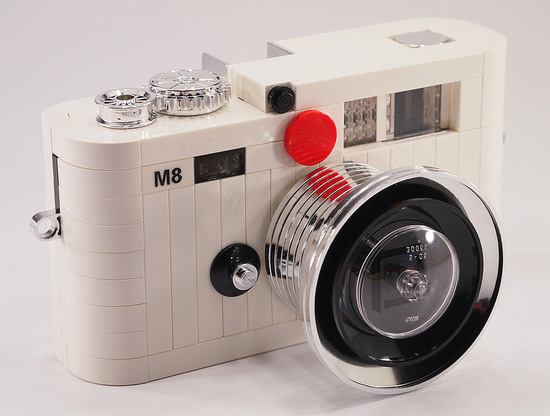

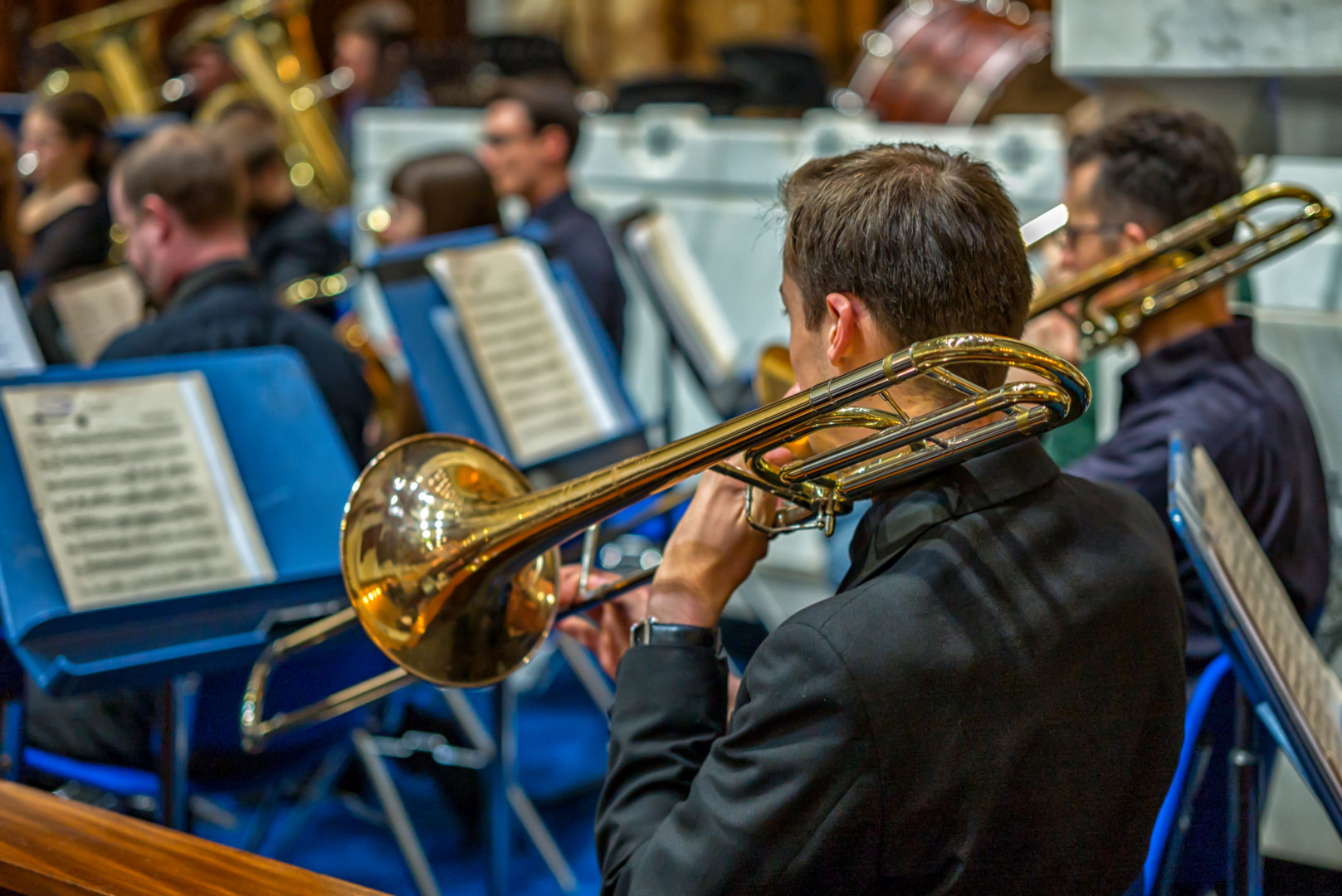
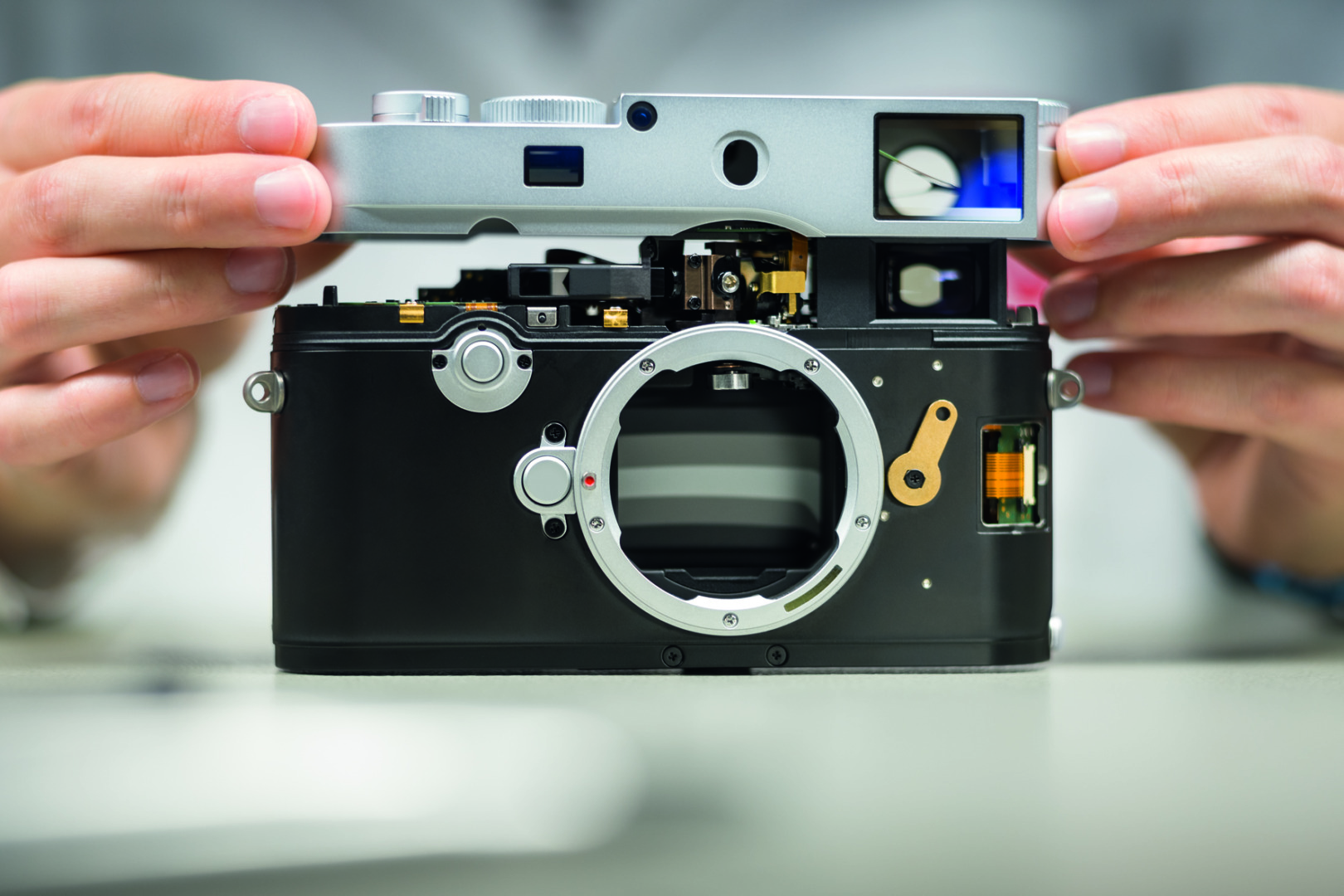
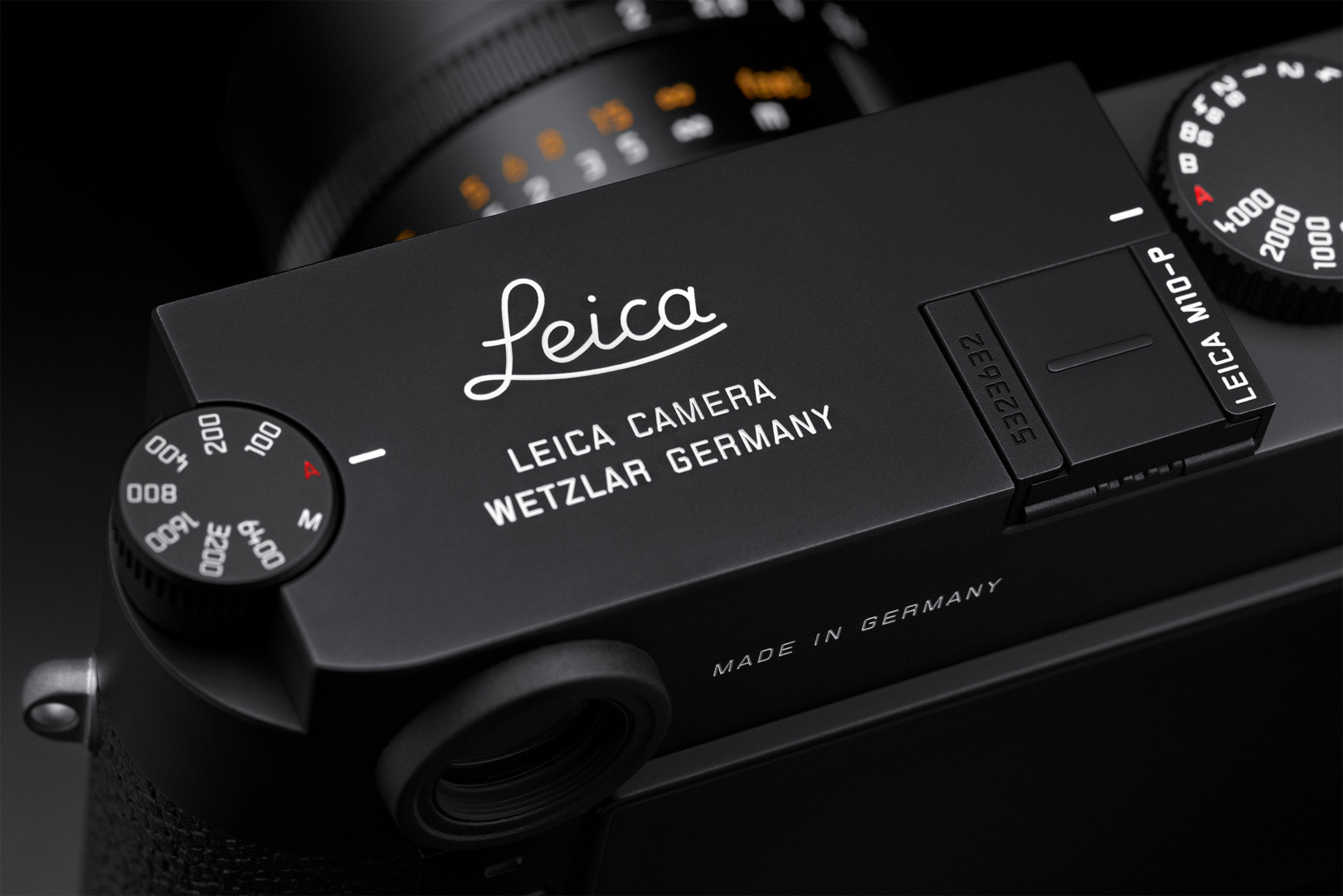

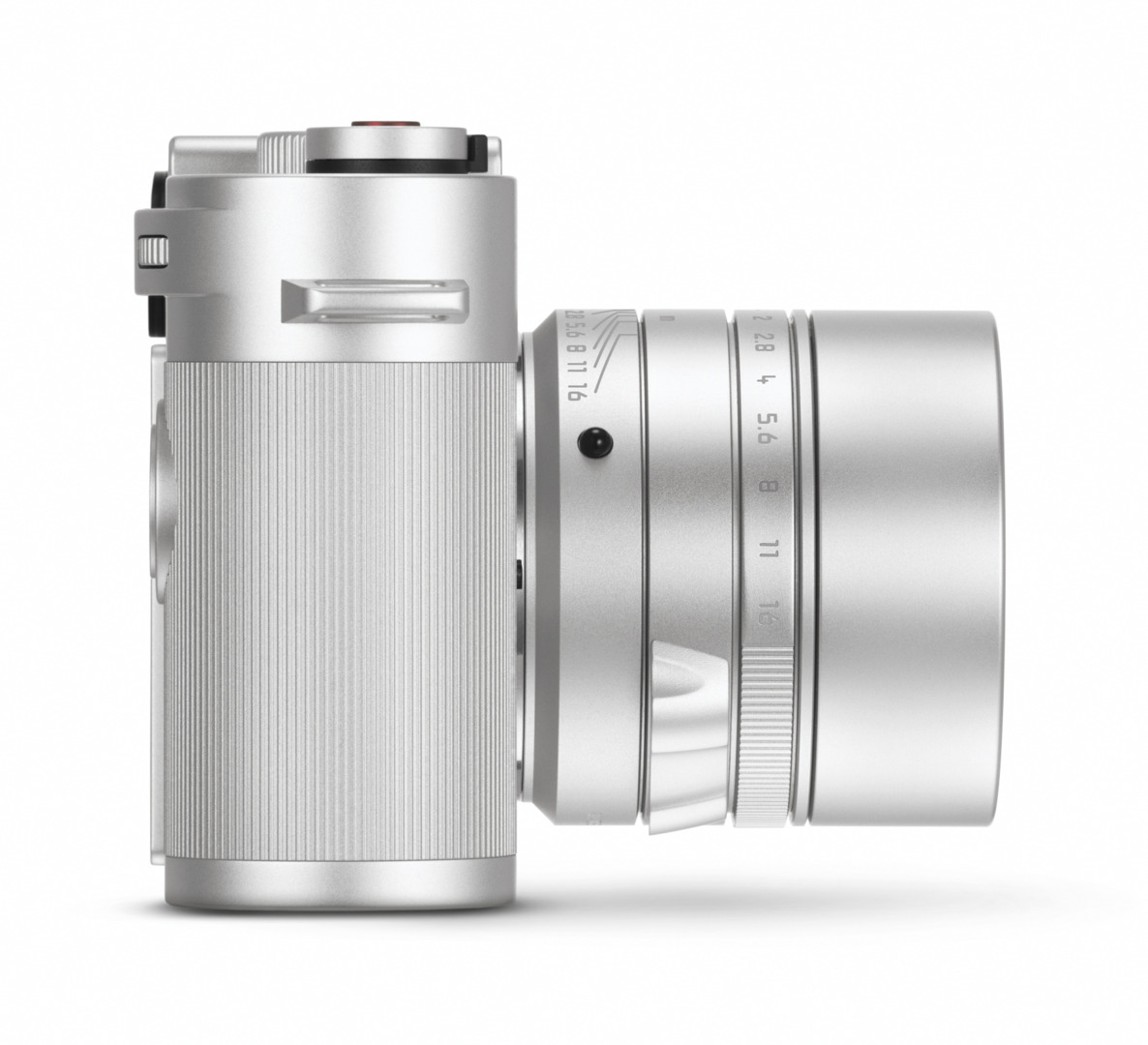
Timelines going out are not surprising in a developing and maturing market. Launches that are too frequent could eat up a lot of development costs and result in shelves full of unsold stock. What has been happening seems to be perfectly logical,
I’ve seen the photos of the blocky EVF. At my age, the appearance of things does not rank highly. The important question is how well does it work. The last two accessory EVFs for Ms were not very good and more difficult to use than they should have been. My M10 EVF had the annoying habit of rotating upwards when this was not wanted, so I put some Blu Tack on it. For wide-angle lenses the Frankenfinder is so superior to any of the EVFs it is not funny. Now the Frankenfinder is not pretty to look at, but it is pretty good to use. I would always bring my Frankenfinder with me on any day where I was intending to do a lot of wide-angle work.
We’ll have all of the details by this time next week. The one area where I find digital Ms weak is in respect of exposure. I either use manual exposure with my M10 or if I am using aperture priority I have to meter off a mid grey subject and hold that. I don’t have such issues with Leica film cameras, as the latitude of negative film is enough to overcome such issues. Slides would be more problematic, but I have not used slide film for about 20 years. I find digital and transparency film quite similar as regards exposure issues.
I will probably purchase the M11, but I will be disappointed if the EVF and exposure issues are not addressed. As for video, I would never think of using a Leica M to create video images. For the very tiny bit of video that I would do, I would much prefer to use an iPhone.
As we say, where I come from, ‘it is all over, bar the shouting’.
William
.
“..The one area where I find digital Ms weak is in respect of exposure..” ..ditto!
I put thick black felt-tip-pen marks – broad swipes of black – across the edges of the white shutter blade in my M9 to stop its meter reading the light reflected from the edges of the central shutter blade. The ‘mis-reading’ (..over-sensitivity to light at the edges of the frame..) gave consistent under-exposure – ’til I blackened the shutter edges – and especially to vertical shots which included sky or the sun.
The camera was, or is, easily overwhelmed by light at the edges of the frame.
Like William, I often use manual exposure, on the M9, anyway – or what you’d call guesswork, or the “1/125th at 5.6” rule (at ISO 100) – and adjust upwards or downwards depending on whether the light’s generally brighter or duller than the standard Manchester day.
It’s another thing that Leica got stupidly wrong with the M9, and other M variants.
I ran a few non-scientific tests recently. For the same scene my M10-P underexposed by about half a stop compared to the M9 and by about 1.25 of a stop compared to the X1D II. All cameras have center weighted metering. For me personally it is what I struggle with the most with the M10-P, the fact that the metering (depending on the scene) can be off and significantly underexposed. As a workaround I sometimes turn on Live View just for the metering so that I can use Multi-Field. That being said, it has already been mentioned by a few people that this has been significantly improved with the M10-R, so I would expect it to be the same with the M11 as well.
I make maximum use of the histogram. That is a constant, regardless of digital camera model.
I just put my cameras on 3 frame bracketing of plus and minus 1 EV as I like to maximize correct exposure likelihood. I use central metering as only God knows what matrix metering is doing. I wish Leica would make the first exposure the metered one. Some cameras allow you to fix this.
Anyway, I am saving for the M12 😂
Actually, I wish Leica would add an expose to the right option with the highlights protected. Now that would be a really useful feature that only needs a firmware update. I do not understand why nobody does this.
David, that describes it perfectly. Using a wide-angle lens is an exposure nightmare. I understand that the M11 will have some exposure improvements which has to be very easy to implement. For example, Nikon has had its Matrix Metering for many years. I mainly used Nikons when I was in the Middle East with blue skies everywhere and I got perfect exposures every time. I don’t mind using manual exposures with an M as I’m used to old manual cameras. The main thing that keeps me with Leica is the lens quality which is without equal. Hopefully, the M11 will bring a body that will match that.
William
The M10 has multi-field (matrix) metering as well but you have to go into LV to make use of it, if you are in rangefinder mode it defaults to center weighted (even if you have it set to Multi-field in the menu). Better metering and the e shutter up to 1/16,000s are significant improvements IMHO in the M11. That being said, they are features that my APS-C CL also has since a long time and that could have been implemented much earlier without getting in the way of the true rangefinder experience.
I think that timelines will lengthen for future real camera updates as the useful technology improvements are plateaued – but maybe I will jump on a Sony when they have mastered eye focus on a dark-eyed black cat on a moonless midnight lit only by fireflies (an essential feature me). I do not have a problem with that as I think cameras are updated far too often in the lines of other companies. If I had purchased a colour M10 I would see no reason to upgrade unless I was a person with money to burn to own the current model. In most things, I skip at least one new model to get the value out of my current item. For example, the latest Capture one 22 has no feature over my version 21 that is worth updating.
I think the M10-R sensor is a sufficiently different one to that of the M10 for the camera to be considered effectively new. In that case, you could argue the timeline is actually shortening.
With M11’s expected resolution, I can’t see Leica keeping the M10-R in its lineup, unless it is significantly discounted (we can only dream), or the M11 pushes prices much further up (I fear this is more likely)!
There have been some discussions on the Leica User Forum about the M10-R sensor: “The story I heard was that the same technology went into the S3, and the wafers yield chips in both sizes, so they had a basket of chips and needed to do something with them. But I heard it here, so take it for what it is worth. ” Not sure whether this is accurate or not but I would not be surprised if it was indeed a limited number of sensors and when they run out that will be the end of the M10-R.
That is one ugly EVF!
For a company that prides itself on design, what a big miss.
From what I’m reading here it might be better NOT to know. 🙂
Happy new Year everyone.
The first promo videos have surfaced in the meanwhile: 18-36-60mp, SL2/Q2 style battery, baseplate gone, a new Visoflex which at first sight looks much bigger (and not exactly prettier…), etc.
That EVF is the ugliest thing I’ve ever seen. Even the Frankenfinder is handsome in comparison. How could they do it?
I guess we can only hope that despite its looks it is really really good, I am sure Jono will tell us next week already, and perhaps it grows on us after some time… I personally rarely use the Visoflex on the M, I used it all the time on the T/TL2 though.
From what I hear, the new Visoflex will not work on the TL since there is unlikely to be a firmware update. It will work on the M10 derivatives (possibly with the exception of the M-D) through a firmware update.
That’s interesting, I hadn’t heard about the firmware update yet, I was expecting it to work it to work on the M10 derivatives, I certainly was not expecting it to work on the T/TL2, that ship has sailed…
.
The big announcement at 2pm? ..Oh; just received my invitation to an online event at 5pm British time ..but as Don’s a more accomplished photographer, it’s only appropriate that he gets an earlier ‘bite at the cherry’, so to speak!
But regarding that sentence “..As the decades pass, readers will wonder what on earth Leica was thinking of to break the mould with the Typ 240”, that was when Leica was in thrall to Apple, and Apple’s Tim Cook had just announced that the new and latest iPad would be called just “the iPad”, without any model number (..such as ‘iPad version 3.5’ or whatever).
So Leica dutifully followed the lead, and called the new M “the new M” ..which left the problem of how to identify it when the next one came along ..so everyone – including Leica! – then referred to it by its Leica-specific model number: ‘240’.
Daft but true.
The embargo is for 2 pm British time, as Don says. 3 pm Wetzlar time. The later event you are referring to must be for consumers rather than the press. Actually, almost all Leica announcements these days are made at 2 pm on a Thursday.
I think you are right about the Apple connection. Dr K was in thrall to Apple, I understand, and the idea of banishing model numbers in order to obfuscate and confuse seemed to be a good wheeze at the time. It collapsed the first time Typ 240 was mentioned.
Watch out for the big announcement at 2.00pm UK time on January 13th
Hmmm we are not supposed to mention it. It’s under embargo. But I do believe you could be right, Don. Watch out for the new EVF. The designers have excelled themselves. They’ve taken their cue from a shipping container.
How strange. I received a email with all of the details I mentioned in my reply to your article from Leica Wetzlar along with a video clip featuring Mr Kaufman about the new release and nowhere was a embargo mentioned? Don
The whole launch appears to have been contained in a leaky sieve…
“..from a shipping container..” ..or, if that is a genuine Leica EVF (and not some misleading mock-up) then perhaps from the old, blocky Digilux-2 ..or the even blockier Lego-like Digilux-1..!
..You know: “Tradition” (!)
Actually, come to think of it, it does remind me of the Digilux 2…
That shipping container is U glee trust me – I thought the previous lump 020 is not pretty. But that new one if it turns out to be true, looks like an old CRT TV in a rather persuasive black colour, bolted on to the top of a camera. All a bit odd if you ask me.
The chap in the video that is still around on vimeo – clearly takes wonky pictures, or doesn’t use any post processing.